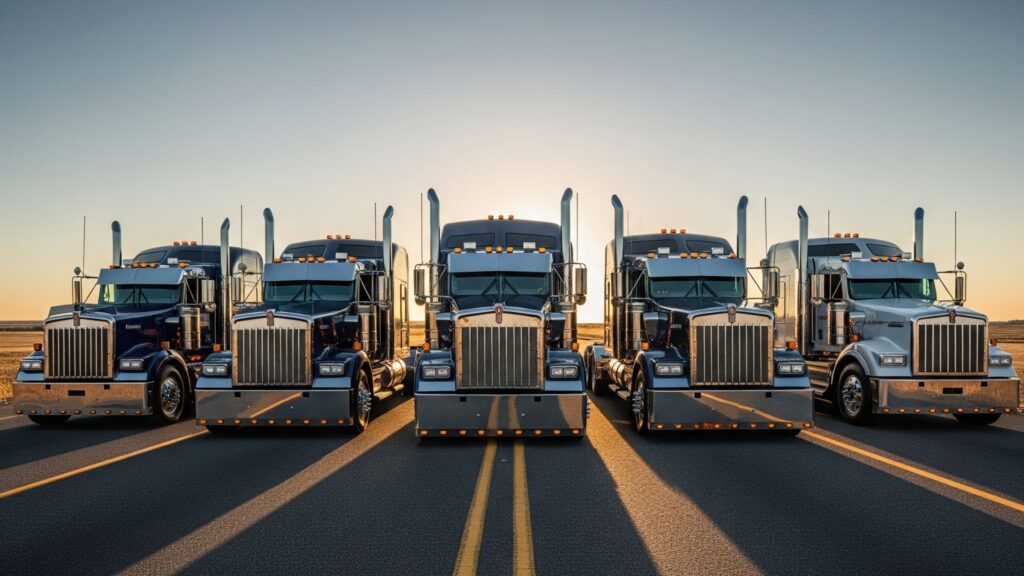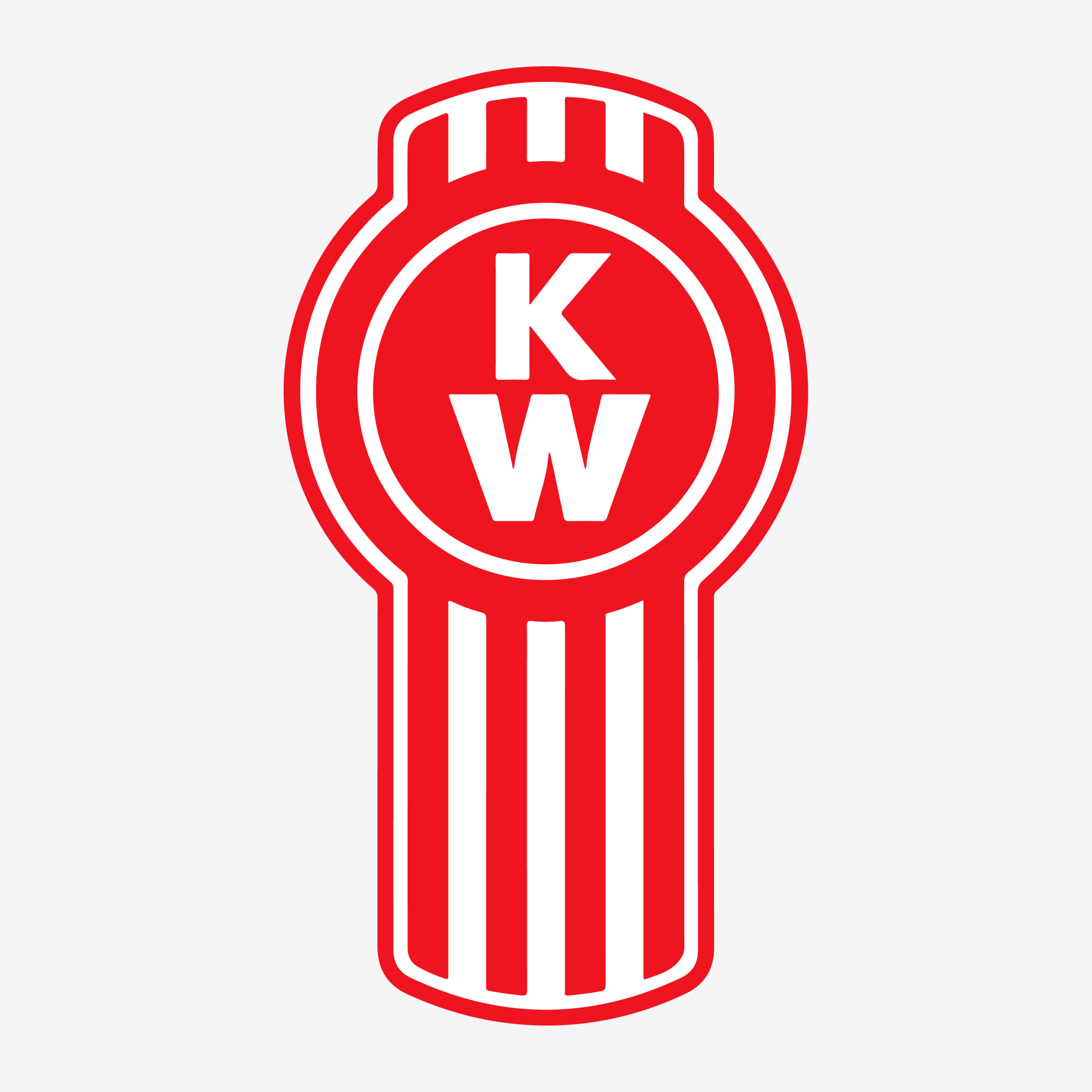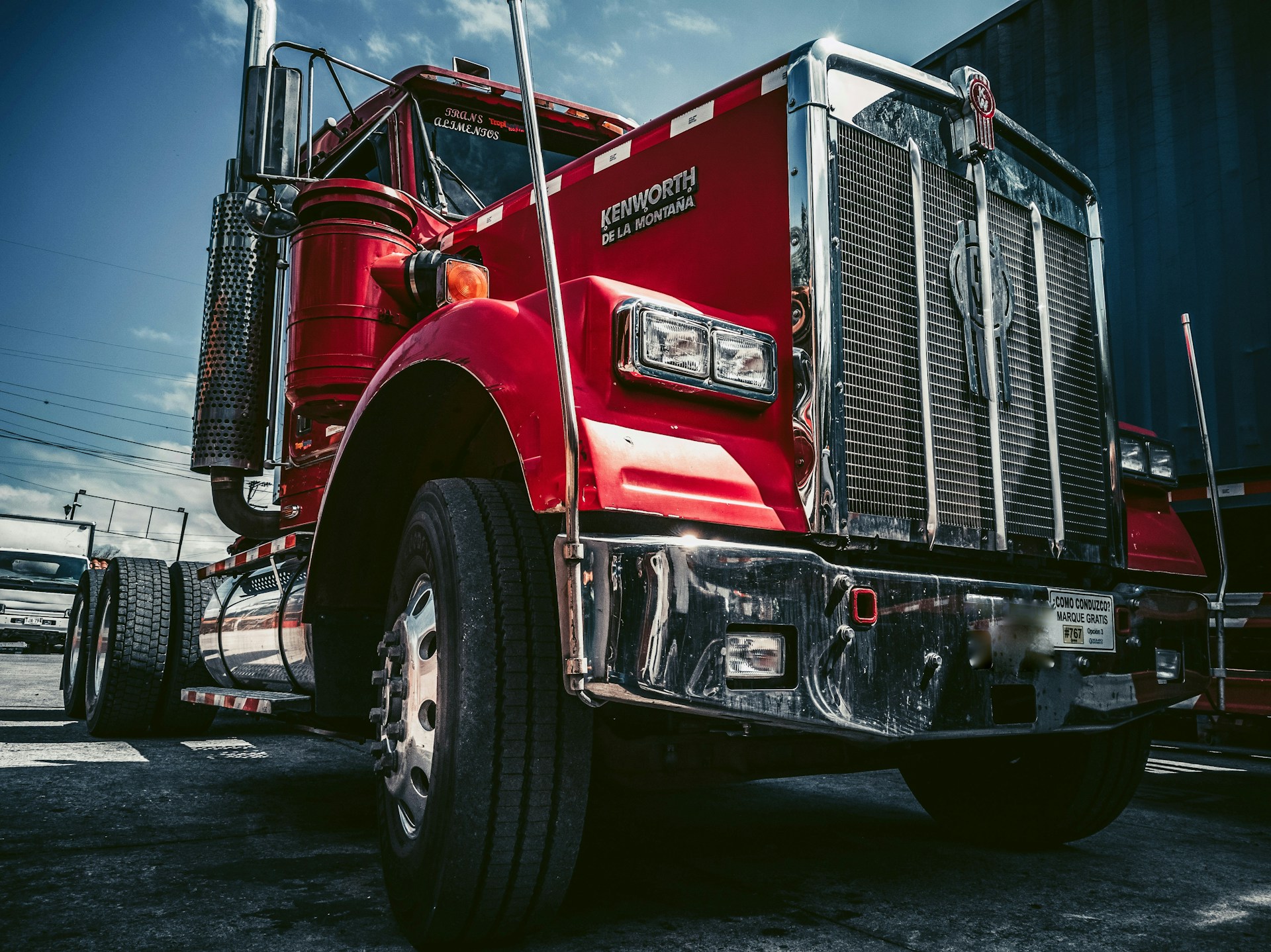
The commercial trucking industry has been preparing for a surge in truck orders ahead of the EPA’s 2027 emissions regulations. But now, with the implementation of those emissions rules on hold, what does that mean for the prebuy?
What is a Prebuy?
“Prebuy” refers to the increase in orders of new diesel-powered Class 8 trucks ahead of a major regulatory or technological change. It’s a way for fleets and owner-operators to avoid higher vehicle prices and potential risks from unproven new emissions technology.
Historically, every time the EPA has introduced a major emissions rule — like in 2007, 2010, and 2017 — truck buyers rushed to make their purchases before the regulations took effect. The same was expected for 2025–2026, as manufacturers prepared to meet what were expected to be the strictest diesel exhaust regulations in U.S. history.
Why Fleets Started Prebuying
Fleets were preparing to prebuy 2025 and 2026 trucks to secure diesel-powered trucks before 2027 models included new emissions technology. They’re an attractive option since they won’t cost as much as the model year 2027 and exclude the additional expense expected from the emission-compliant systems.
Based on previous market performance, many industry analysts were confident that there was a major commercial prebuy on the horizon. Manufacturers like Kenworth, Mack, Detroit, Cummins, and Paccar had already been redesigning their engines to meet those standards. And while the newer equipment promised better fuel efficiency and cleaner emissions, it also came with higher production costs.
A Pause on the EPA’s Clean Truck Rule
With the EPA’s Clean Truck regulations paused by the Trump Administration, the pressure to prebuy has dwindled. Without a clear timeline or final ruling, the urgency around early purchases has faded. At the same time, higher steel and aluminum tariffs are adding cost pressures that still make prebuying relevant, even if emissions rules are delayed or changed.
Steel and Aluminum Tariffs Could Add Costs
On June 4, 2025, the U.S. increased tariffs on imported steel and aluminum to 50%. These materials are essential to truck manufacturing, so higher costs and regulatory changes for OEMs may still push increased truck prices to the buyer with or without the combined EPA rules and tariffs in place.
According to ACT Research and Equipment Finance News, prices are rising overall for trucks, trailers, and aftermarket parts. Upon being surveyed, more than half of fleet managers believe these tariffs will have long-term effects on equipment costs and order timing.
Looking Ahead
Industry experts say some prebuying already happened in 2023 and 2024. But the full-scale rush expected in mid-2025 hasn’t happened yet. Instead, demand may spread more evenly over the next few years as fleet purchasers wait for clarity on emissions rules, pricing, and material costs.
In the meantime, everyone in the trucking industry should keep an eye on:
- Tariff changes and their impact on pricing
- EPA regulation updates and timelines
- OEM announcements on technology and availability
- Financing terms, which may change if inflation or interest rates shift
As we look towards the future, stay informed. Fleets that delay too long could still face rising prices due to tariffs and tech upgrades, even if the emissions rules are relaxed. Planning ahead for yourself and your business is key.
Get the Latest Trucking News, Tips & More
"*" indicates required fields


